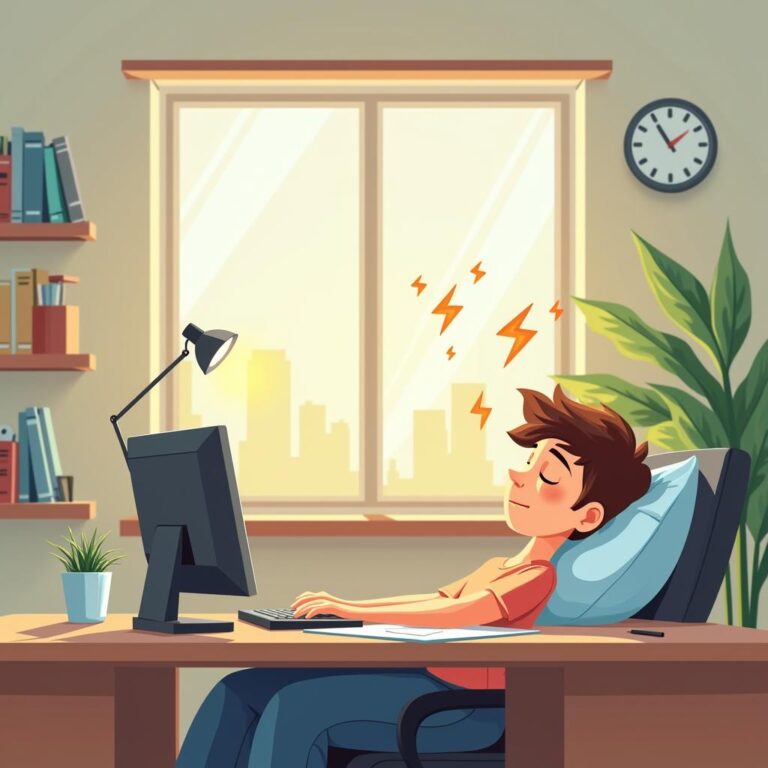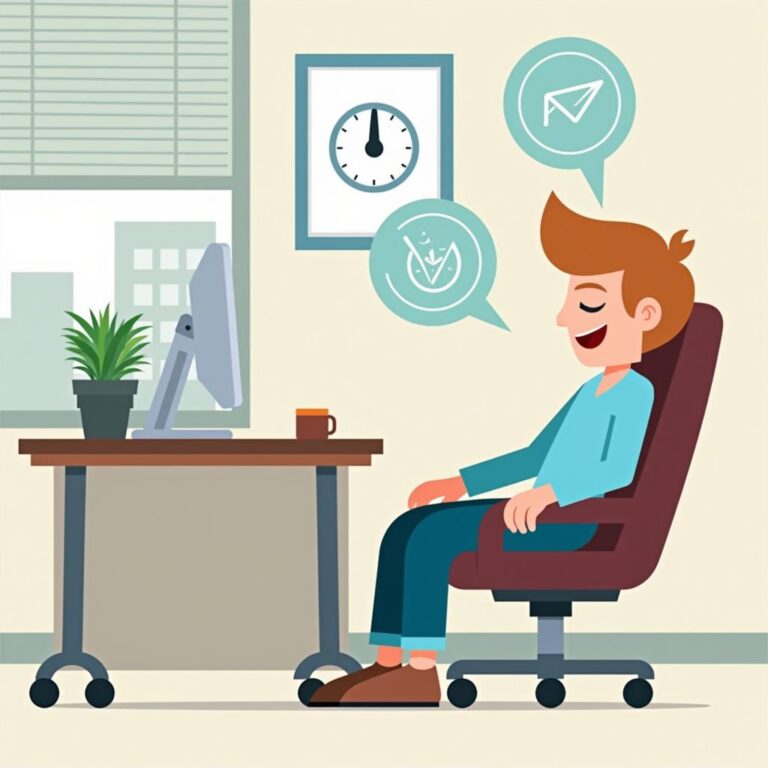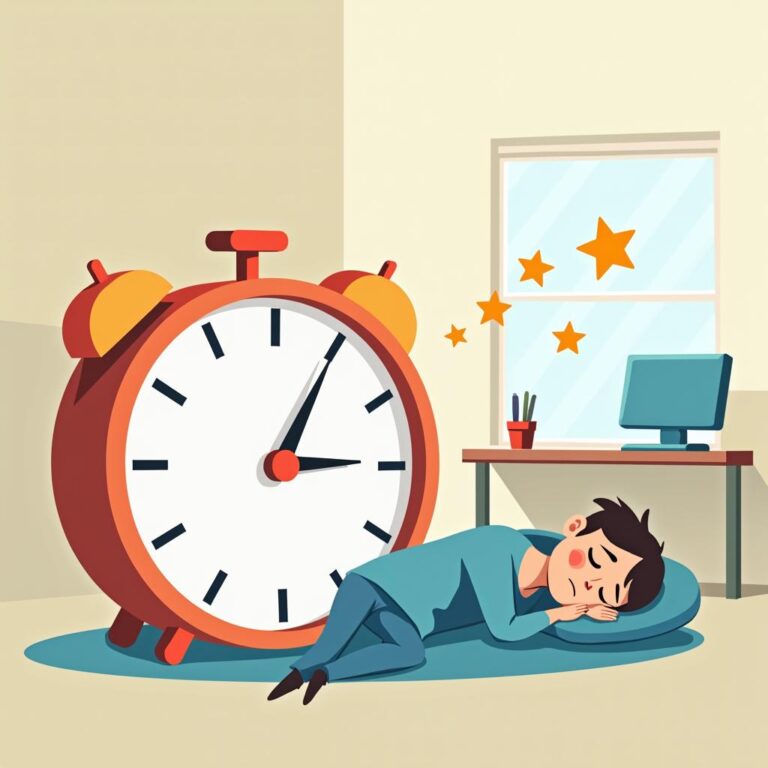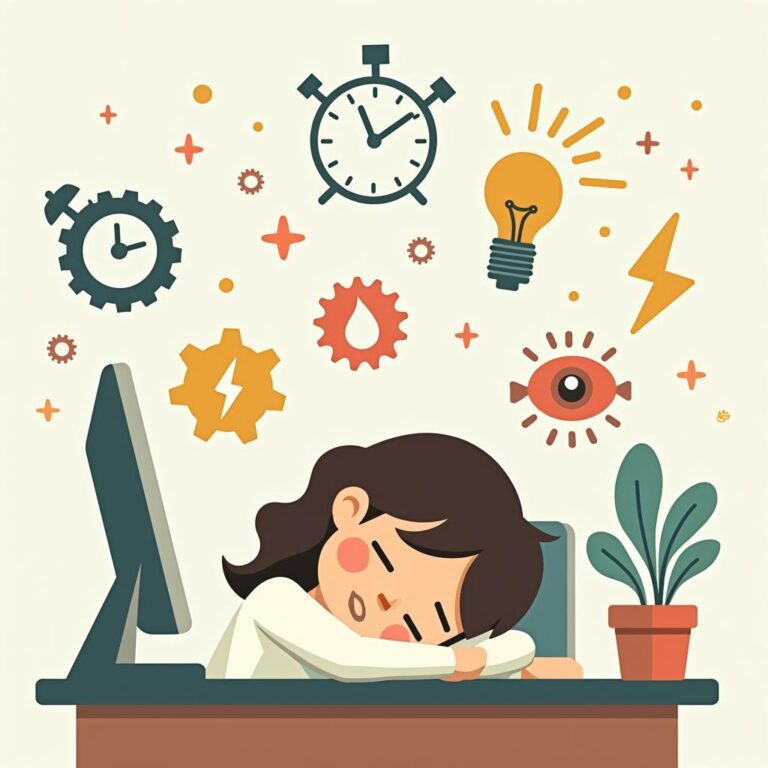In today’s fast-paced business environment, maintaining peak productivity is essential for entrepreneurs. Long hours and the constant juggling of tasks can lead to fatigue, which ultimately hampers performance. A powerful remedy that’s been gaining traction among successful businesspeople is the art of power napping. This guide will explore the benefits, techniques, and science behind power napping for entrepreneurs.
What is Power Napping?
Power napping is a short sleep, typically lasting between 10 to 30 minutes, aimed at boosting energy levels and enhancing cognitive function. Unlike a full sleep cycle, which lasts around 90 minutes, a power nap is designed to provide a quick recharge without leaving you feeling groggy.
Benefits of Power Napping for Entrepreneurs
Power napping offers numerous benefits that can be especially advantageous for entrepreneurs:
- Enhanced Cognitive Function: A short nap can improve alertness, focus, and memory retention. Studies show that even a brief rest can significantly enhance mental clarity, crucial for decision-making and problem-solving.
- Increased Productivity: After a power nap, most individuals experience a boost in productivity. This can help entrepreneurs address urgent tasks more efficiently and creatively.
- Stress Reduction: Napping can lower cortisol levels in the body, thus reducing stress. Entrepreneurs often face high-pressure situations, and a quick rest can provide much-needed relief.
- Improved Mood: Lack of sleep can lead to irritability and mood swings. A power nap can help stabilize emotions and foster a more positive outlook, enabling better interactions with clients and colleagues.
- Better Health: Regular napping has been associated with reduced risks of certain health problems, including heart disease and obesity, by promoting better overall well-being.
The Science Behind Power Napping
Research supports the effectiveness of power napping. According to the National Sleep Foundation, sleep is critical to cognitive processes, including alertness, reasoning, and performance. During a nap, the brain consolidates memories, processes information, and experiences restorative functions that rejuvenate the body and mind.
The ideal duration of a power nap is between 10 to 30 minutes. Napping longer can lead to sleep inertia, a state of grogginess that can counteract the benefits of the nap. Napping for shorter periods allows you to enjoy the benefits without entering deeper sleep stages, which can negatively impact your alertness.
How to Implement Power Napping into Your Daily Routine
Integrating power naps into a busy entrepreneur’s schedule may seem challenging, but with a few strategies, it can be done effectively:
1. Choose the Right Time
The most effective time for power napping is early afternoon, generally between 1 PM and 3 PM. This time frame aligns with the body’s natural circadian rhythm, making rest more beneficial.
2. Create a Comfortable Environment
A suitable environment is essential for an effective power nap. Find a quiet, darkened space where you can relax without interruptions. Consider using an eye mask or earplugs to block out distractions.
3. Set a Timer
To avoid oversleeping, set a timer for your nap. Depending on your preferred duration, a 20-minute timer is typically ideal for a power nap. This ensures that you wake up refreshed and ready to tackle your tasks.
4. Use Relaxation Techniques
Before napping, engage in relaxation techniques to help your mind transition into sleep. Deep breathing exercises or visualization techniques can promote relaxation and facilitate falling asleep more quickly.
5. Be Consistent
Like any other habit, consistency is key. Try to incorporate power napping into your daily routine, allowing your body to adapt to this new practice. Creating a schedule can help establish a reliable napping pattern.
Power Napping Tips for Entrepreneurs
Here are some additional tips to make the most out of your power naps:
- Consume Light Meals: Heavy meals can make you feel lethargic and hinder your ability to nap effectively. Opt for lighter snacks that provide sustained energy.
- Stay Hydrated: Dehydration can lead to fatigue. Ensure you drink enough water throughout the day to maintain optimal energy levels.
- Limit Caffeine Intake: Consuming caffeine close to your napping time might hinder your ability to fall asleep quickly.
- Experiment with Duration: Try different nap lengths to discover the duration that suits you best. Some may find 10 minutes refreshing, while others may prefer 30 minutes.
Real-Life Examples of Successful Entrepreneurs Who Utilize Power Naps
Many renowned entrepreneurs swear by the power nap, attesting to its effectiveness:
- Hubert Joly, former CEO of Best Buy: Joly often took power naps during his busy workdays to maintain high productivity levels.
- Bill Gates: The co-founder of Microsoft is known to utilize short naps to regroup and recharge, especially during intense working periods.
- Jeff Bezos: The Amazon founder emphasizes the importance of sleep, often incorporating short naps into his routine for enhanced performance.
Conclusion
Power napping for entrepreneurs is not merely a luxury; it’s an effective strategy to optimize productivity, creativity, and overall well-being. As the demands of entrepreneurship continue to grow, incorporating a brief respite into the daily schedule can serve as the critical boost to succeed in today’s competitive landscape. Whether you are facing a creative block or simply need a refresh, don’t underestimate the power of a well-timed nap. Embrace the practice, and let it enhance your entrepreneurial journey.







